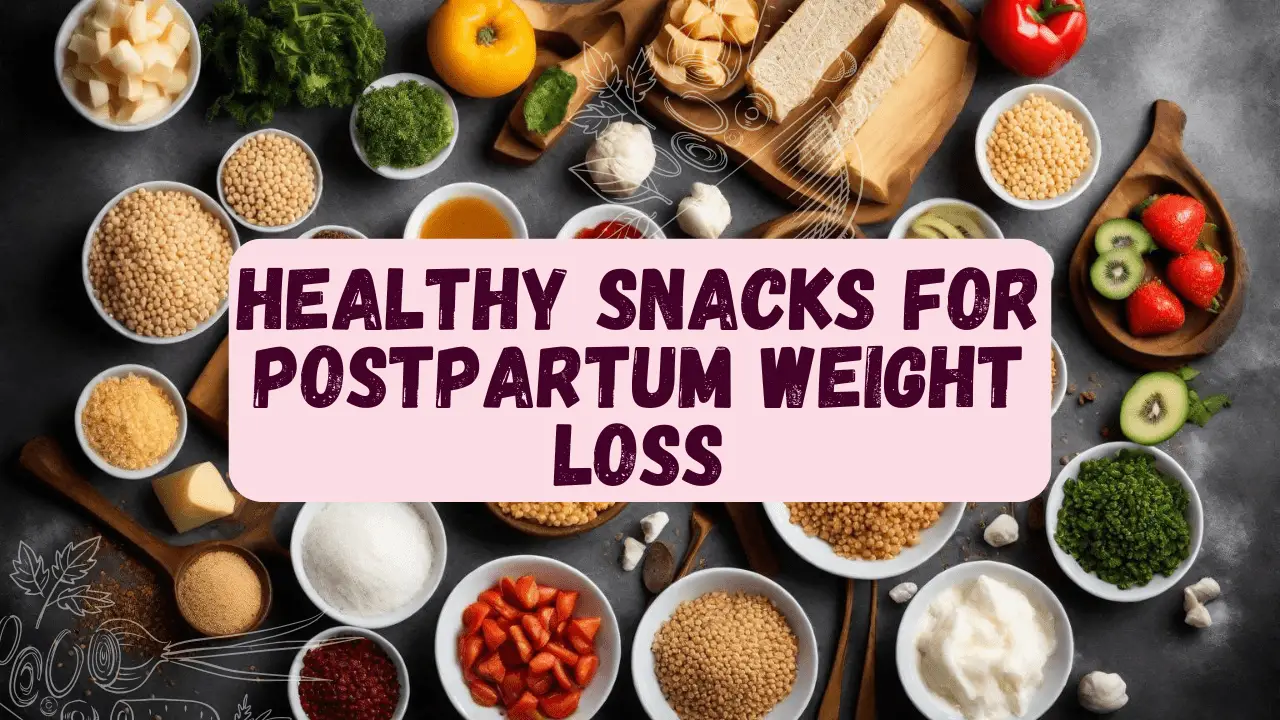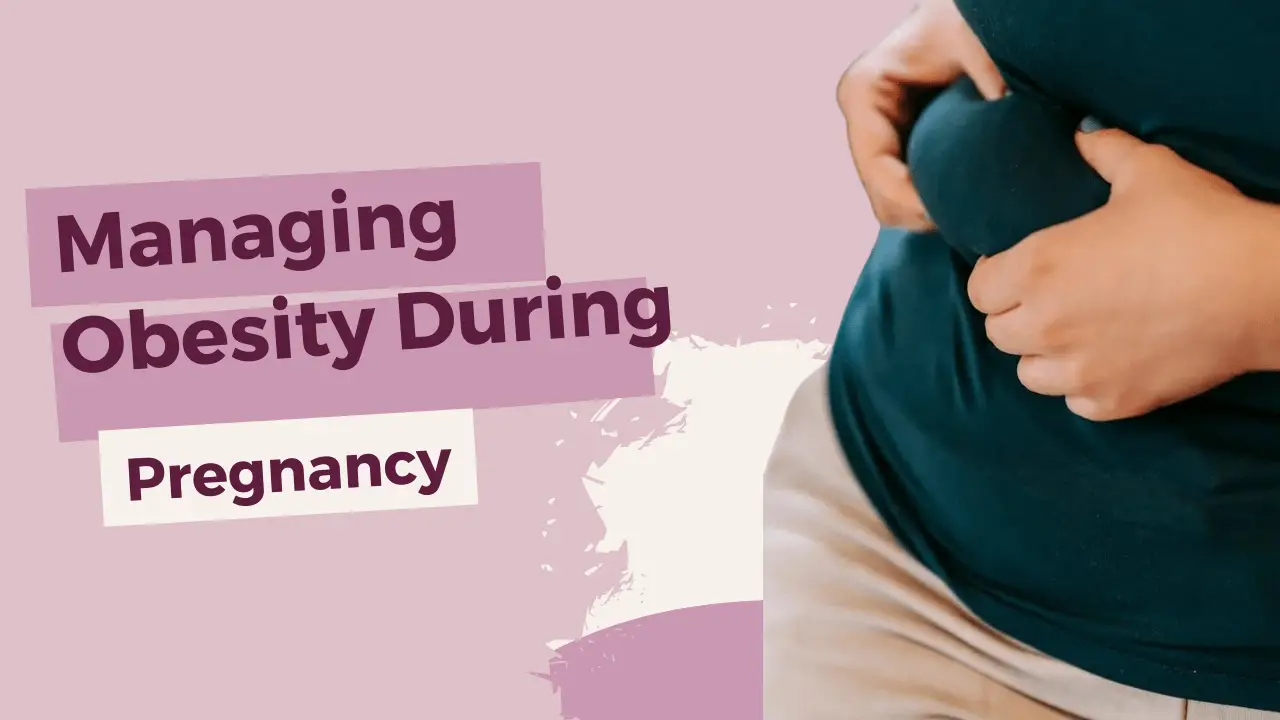The Effects of Teenage Pregnancy on Physical Health: What Every Teen Should Know
Teenage pregnancy remains a significant public health issue, affecting millions of young women worldwide. This situation not only alters the lives of expectant mothers but also has profound implications for their families and communities. Understanding the effects of teenage pregnancy on physical health is crucial for young people, parents, and educators. Teenage mothers often face numerous health risks during pregnancy, including complications that can arise both during and after childbirth. These risks can lead to immediate challenges, such as nutritional deficiencies, and long-term consequences that affect their overall well-being and future pregnancies. By raising awareness about these health impacts, we can empower teens with the knowledge they need to make informed decisions about their bodies and futures, while also advocating for better support systems and resources. Understanding Teenage Pregnancy: Teenage pregnancy is defined as pregnancy occurring in young women typically aged 13 to 19 years. It is a complex issue influenced by various social, economic, and cultural factors. Understanding teenage pregnancy is essential to address the challenges it presents, particularly regarding the effects of teenage pregnancy on physical health and overall life outcomes for young mothers and their children. Definition and Prevalence Teenage pregnancy has become a critical global concern, with millions of adolescents giving birth each year. While rates of teenage pregnancy have declined in some regions, it remains prevalent in many parts of the world, especially in low-income areas where access to education and healthcare is limited. In the United States, for example, about 17% of all pregnancies are among teenagers, highlighting the need for comprehensive awareness and education around this topic. Common Reasons for Teenage Pregnancies Several factors contribute to teenage pregnancies, often interlinked with socioeconomic conditions. Lack of Sexual Education: Many teens do not receive adequate sexual education, which leaves them uninformed about safe sex practices, contraception, and the implications of pregnancy. Peer Pressure: The desire to fit in or be accepted by peers can lead to risky sexual behavior among teenagers, increasing the likelihood of unplanned pregnancies. Socioeconomic Factors: Teens from lower socioeconomic backgrounds may have fewer resources and support systems, leading to higher rates of teenage pregnancy. Limited access to contraceptives and healthcare further exacerbates this issue. Family Dynamics: A history of teenage pregnancy in families can create a cycle, where young women may not see the challenges or consequences of early pregnancy, leading them to repeat the pattern. Cultural Influences: In some cultures, early marriage and childbirth are normalized, which can contribute to higher rates of teenage pregnancies. Implications of Teenage Pregnancy Understanding teenage pregnancy goes beyond acknowledging its prevalence; it also involves recognizing its implications for young mothers and their children. The effects of teenage pregnancy can be profound, impacting the physical health of mothers, as well as their educational and career opportunities. Teenage mothers are at a higher risk for various health complications, including preterm birth, low birth weight, and mental health issues. Additionally, the stigma surrounding teenage pregnancy can lead to social isolation, affecting the mental well-being of young mothers. As they navigate these challenges, it is crucial to provide support, education, and resources to empower them and help mitigate the negative effects of their situation. Immediate Physical Health Effects: The immediate physical health effects of teenage pregnancy can significantly impact the well-being of young mothers and their babies. Adolescents’ bodies are still developing, and the physiological demands of pregnancy can pose unique challenges and risks. Understanding these immediate health effects is crucial for ensuring that teenage mothers receive the necessary care and support throughout their pregnancy. Risks to Maternal Health Anemia: Teenage mothers are at a higher risk of developing anemia due to inadequate nutrition or increased iron demands during pregnancy. Anemia can lead to fatigue, weakness, and complications during labor and delivery. Gestational Hypertension and Preeclampsia: Young mothers may experience high blood pressure during pregnancy, leading to gestational hypertension or preeclampsia. These conditions can result in serious health complications for both the mother and baby if not properly managed. Symptoms include severe headaches, swelling, and sudden weight gain. Preterm Labor: Teenage mothers are at an increased risk of preterm labor, defined as labor that begins before 37 weeks of gestation. This can result in premature birth, which is associated with a higher risk of health complications for the infant, including respiratory issues, low birth weight, and developmental delays. Low Birth Weight: Babies born to teenage mothers are more likely to have low birth weight, which can occur due to inadequate prenatal care, poor nutrition, or health complications during pregnancy. Low birth weight can lead to long-term health problems, including developmental delays and chronic health issues. Infections: Teenage mothers may be more susceptible to infections, including urinary tract infections (UTIs) and sexually transmitted infections (STIs), which can further complicate pregnancy and affect the health of both the mother and the baby. Emotional and Psychological Effects In addition to the physical risks, the emotional and psychological impact of teenage pregnancy should not be overlooked. Young mothers may experience anxiety, depression, and stress related to their changing bodies and the challenges of impending motherhood. These emotional struggles can exacerbate physical health issues, creating a cycle of poor health outcomes. Importance of Prenatal Care Given the numerous immediate health risks associated with teenage pregnancy, access to comprehensive prenatal care is essential. Regular check-ups can help monitor the health of the mother and baby, manage complications, and provide vital education about nutrition, exercise, and health during pregnancy. By understanding the effects of teenage pregnancy on immediate physical health, stakeholders, including parents, educators, and healthcare providers, can work together to support young mothers effectively. Early intervention, education, and resources can significantly improve health outcomes for teenage mothers and their infants, promoting healthier pregnancies and brighter futures. Long-Term Physical Health Consequences: While the immediate physical health effects of teenage pregnancy are well-documented, it is equally important to understand the long-term physical health consequences that can arise for both the mother and child. These long-term impacts can affect a young mother’s health for years, influencing … Read more









